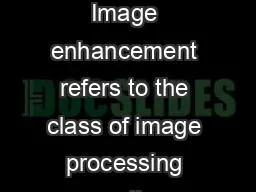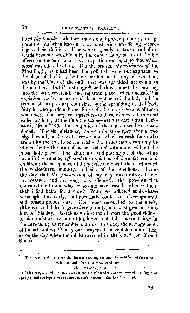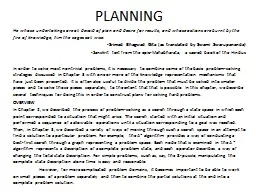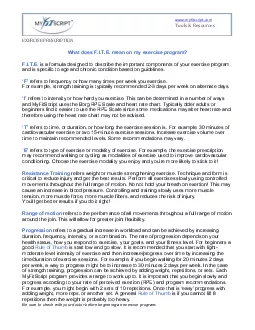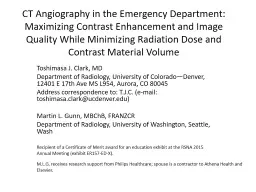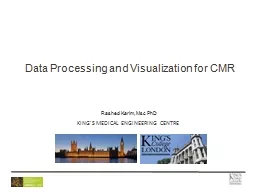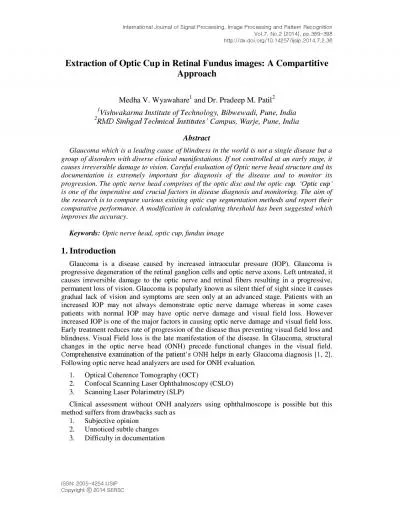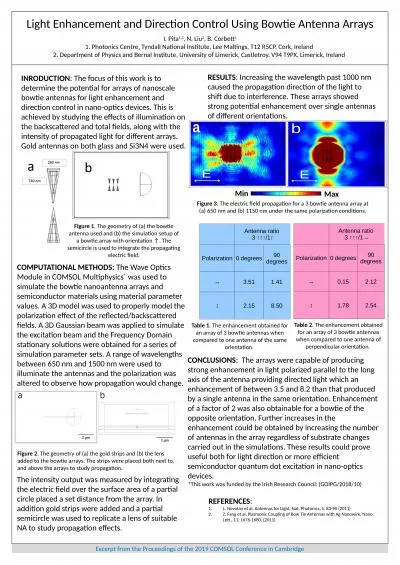PPT-Image Enhancement Image enhancement refers to the class of image processing operations
Author : greyergy | Published Date : 2020-10-22
The relevant features for the examination task are enhanced The irrelevant features for the examination task are removedreduced Here the input and output image are
Presentation Embed Code
Download Presentation
Download Presentation The PPT/PDF document "Image Enhancement Image enhancement refe..." is the property of its rightful owner. Permission is granted to download and print the materials on this website for personal, non-commercial use only, and to display it on your personal computer provided you do not modify the materials and that you retain all copyright notices contained in the materials. By downloading content from our website, you accept the terms of this agreement.
Image Enhancement Image enhancement refers to the class of image processing operations: Transcript
Download Rules Of Document
"Image Enhancement Image enhancement refers to the class of image processing operations"The content belongs to its owner. You may download and print it for personal use, without modification, and keep all copyright notices. By downloading, you agree to these terms.
Related Documents

